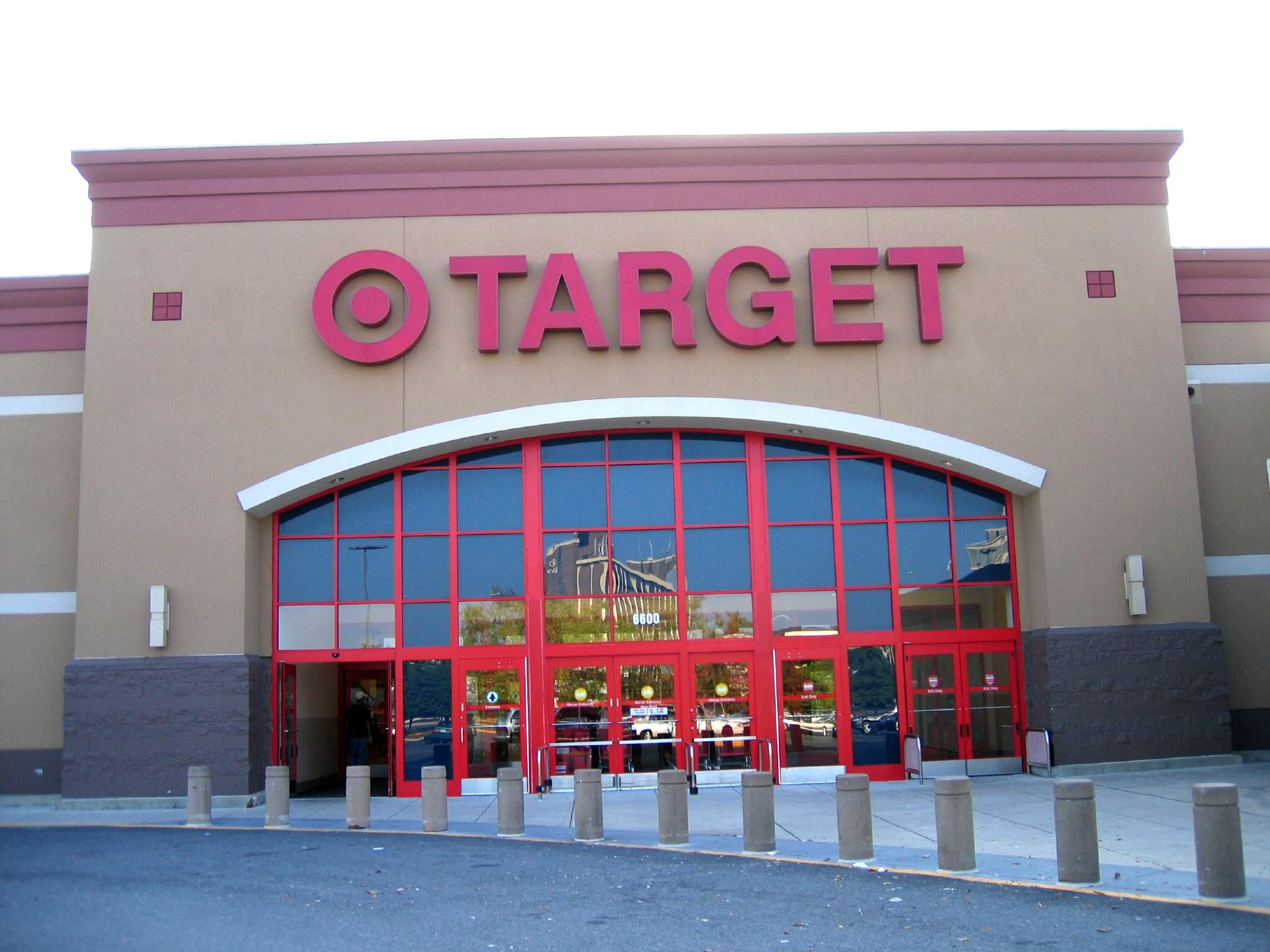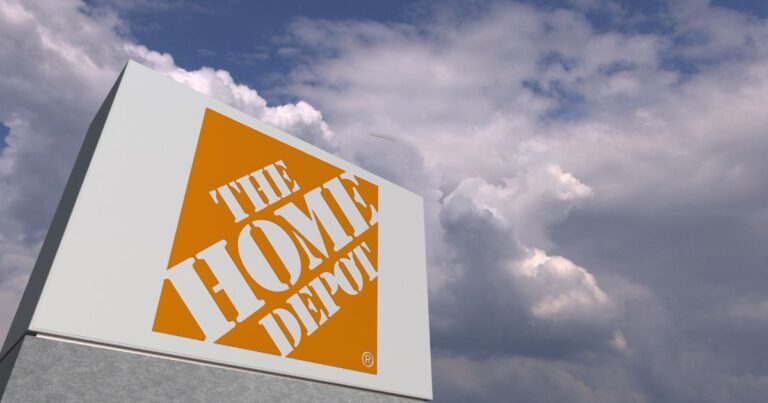In late January Target upped the ante for the entire retailer sector by announcing a new safer chemicals policy along with ambitious goals to increase transparency of chemicals in products, reduce and eliminate harmful chemicals like flame retardants and phthalates, and invest in research into safer alternatives
Target’s new and expanded policy, first reported by Bloomberg News, sets a new high bar for retailers. It will help drive a race to the top among the nation’s retailers to drive a market transformation to safer chemicals and products.
This comes only a few months after our “Who’s Minding the Store?” report card gave Target the second-highest grade among the nation’s eleven largest retailers for its safer chemicals program. In the report card we also revealed Target had made significant improvements to its Sustainable Product Index in 2016. The new policy and goals will clearly improve their score in the next version of our report card, which we plan to update and release later in 2017.
“Our chemical strategy will be one of the most comprehensive in the U.S. retail industry, including all Target-owned and national brand products and operations, not just formulated products. It’s ambitious, but using our size, scale and expertise, we think we’ll be able to make significant progress. And we hope our robust approach will accelerate similar efforts across the industry.” —Jennifer Silberman, chief sustainability officer, Target
Important Elements of Target’s New Policy
There is a lot to like about Target’s new policy and goals, which build off of the work the company has done with its Sustainable Product Index over the past three+ years.
Here are some of the most notable elements of the policy and goals, which raise the bar for other competing retailers like Amazon who are lagging behind Target when it comes to adopting a public safer chemicals policy.
- Scope of the policy: The policy applies to the company’s “entire value chain, operations and every product” it sells, including both private label and brand name products, and not just formulated products. The goals include a focus on not only “formulated goods” (e.g. cleaning products) but other products like textiles, which are often made with chemicals of concern. The scope of this new commitment surpasses other retailers like Walmart and CVS by publicly committing to address a bigger universe of products.
- Ingredient transparency: Target has set a long-term goal of “full material disclosure for all products and processes across all categories and in [its] operations.” In the near term, the company is focusing its transparency efforts on beauty, baby care, personal care, and household cleaning formulated products, including pushing for transparency of fragrance and other generic ingredients. This comes at a time when big brands like Unilever and P&G have adopted new ingredient transparency initiatives to address the historically black box of fragrance ingredients.
- A science hazard-based approach: Target has embraced a precautionary hazard-based approach to “prioritize substances for restriction in products and processes, with an emphasis on the impact these substances could have on workers, guests, and communities.”
- Timeframes to reduce and eliminate high priority chemicals: The company has set goals with clear timeframes to eliminate harmful chemicals it describes as “unwanted chemicals with the biggest potential health impact, factoring in their prevalence within [its] products.” Target has pledged to:
- “Improve textile products by removing added Perfluorinated Chemicals (PFC’s) from products by 2022.
- Improve textile products by removing added flame retardants that are potential carcinogens or pose harm to the guest, workers or communities by 2022.
- Improve beauty, baby care, personal care and household cleaning product categories by formulating without phthalates, propyl-paraben, butyl-paraben, formaldehyde, formaldehyde-donors, or NPE’s by 2020.”
It is notable that the company has embraced tackling classes of chemicals. Nearly all of these chemicals are on our Hazardous 100+ list and a number are also on with Walmart’s list of High Priority Chemicals.
We are pleased that Target has pledged to expand the list of chemicals over time. For example in textiles, other chemicals and materials of concern ripe for action include phthalates, nonylphenol exthoxylates (NPEs), triclosan and formaldehyde.
- Restricted substance lists (RSLs) and manufacturing restricted substance lists (MRSLs): Target is not only developing restricted substance lists, but also joining Best Buy to develop manufacturing restricted substance lists (MRSL) to drive harmful chemicals out of the manufacture of products, which will benefit workers and communities deeper into the supply chain. In comparison, Walmart has yet to announce an MRSL.
- Investing in research into safer alternatives: The company has committed to invest up to $5 million in “green chemistry innovation” over the next five years, in part to “to develop safe alternatives for chemicals where no viable alternatives currently exist.” In recent years the company has joined Walmart and other companies in supporting research into safer preservatives through the GC3.
- Public reporting on progress: The company will monitor the policy’s implementation and has pledged to report on progress annually, joining Walmart, which announced progress in implementing its policy last summer. The company will also update and set new goals as needed, expanding the product categories and chemicals it addresses.
Leading a Race to the Top
We applaud Target for adopting this ambitious new policy and goals.
We hope other large retailers like Amazon, Costco and Walgreens will join Target in adopting a robust safer chemicals policy to meet the rising consumer demand for safer products and radical transparency.
We look forward to working with Target in the years to come as it continues to improve and expand this policy.





